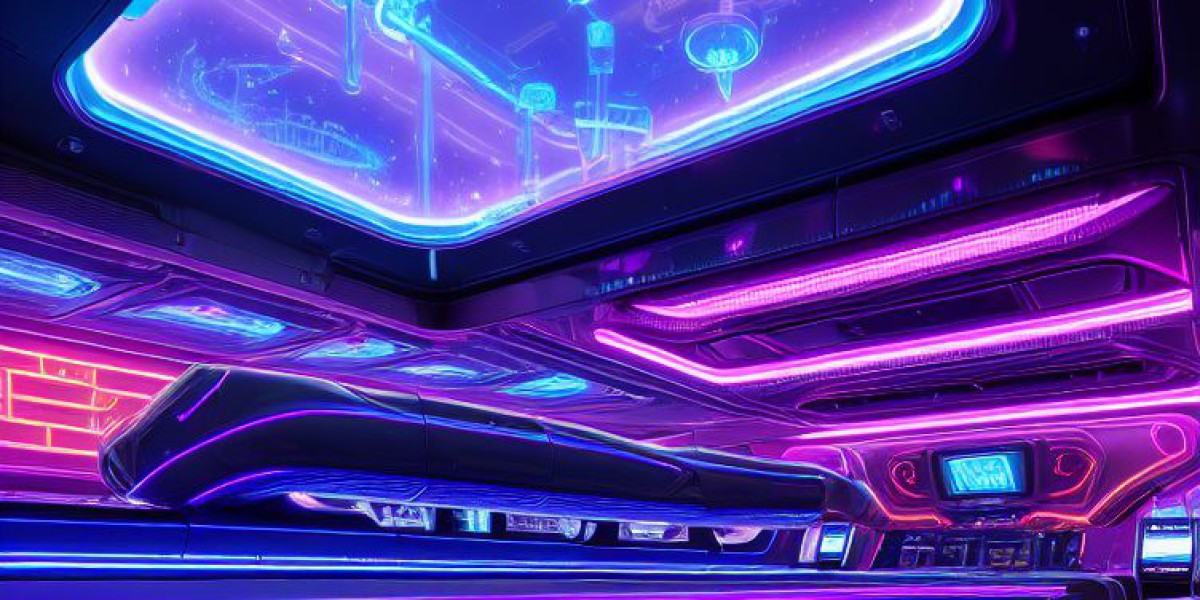The refractory bricks market is undergoing a transformation, fueled by both industrial demand and technological innovation. Traditionally used to line high-temperature equipment in steel plants, cement kilns, and glass furnaces, refractory bricks are now being engineered for greater efficiency, longevity, and environmental compliance. With rising global energy costs, industries are seeking materials that not only withstand intense heat but also reduce energy loss, and modern refractory bricks are meeting this need.
Steel remains the largest end-use industry, but the market is diversifying as renewable energy projects, waste-to-energy plants, and advanced manufacturing facilities adopt refractory linings. These new applications are driving research into materials that offer higher thermal insulation and resistance to chemical corrosion. Manufacturers are incorporating nanotechnology to improve the structural integrity of bricks while reducing their weight, thereby lowering installation and transportation costs.
Sustainability is a growing theme in the market, with many producers focusing on recycling used refractory materials into new bricks. This not only reduces environmental impact but also helps offset rising raw material costs. Government regulations in regions like Europe are accelerating this trend by imposing stricter emissions limits and incentivizing eco-friendly manufacturing.
The Asia-Pacific market remains dominant due to high production volumes in China, India, and Southeast Asia, while emerging economies in Africa and Latin America present untapped opportunities as they develop their industrial bases. With increasing focus on efficiency, innovation, and sustainability, the refractory bricks market is set for a new phase of growth, positioning itself as a critical enabler of high-temperature industrial operations worldwide.






